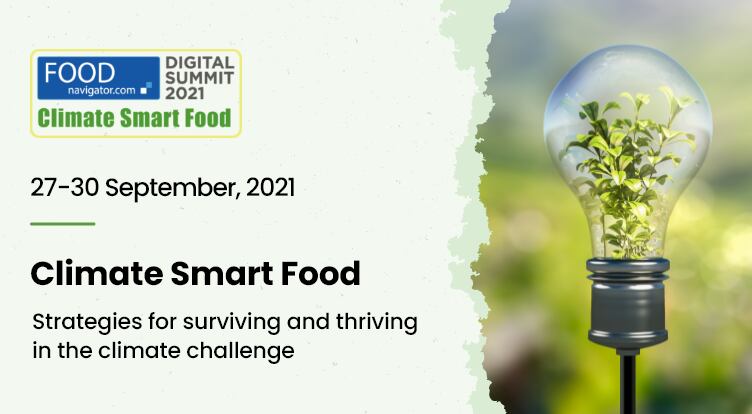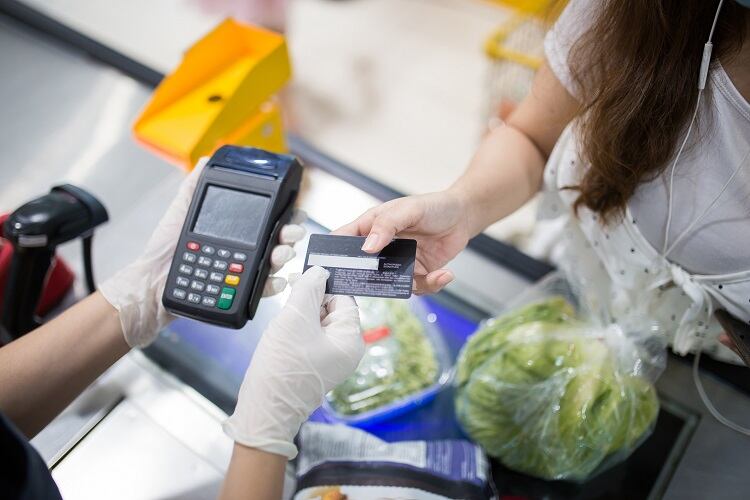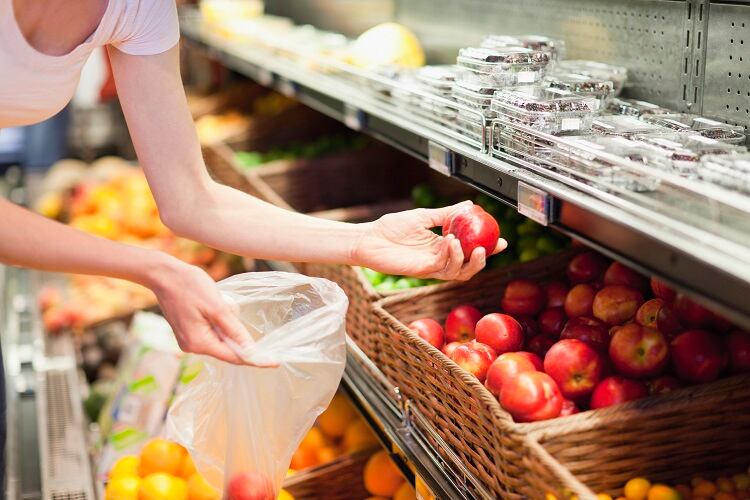Global food waste statistics are well publicised: one-third of all food produced for human consumption is wasted every year. If food waste were a country, it would be the third-largest greenhouse gas emitter behind the US and China.
With the UN estimating the true cost of food waste to stand at $2.6trn per year, it is unsurprising a growing number of entrepreneurs are entering the space, looking to take a slice of that would-be-waste pie.
So what business cases are start-ups putting forward to prevent or upcycle food waste? And are consumers on board? FoodNavigator investigates.
Food waste prevention: ‘A great business case’
“It is extremely profitable, if we get it right. It’s a great business case not just for your wallet, but also for the planet.”
These are the words of David Kat, senior vice-president of business development at Israel-based Wasteless. The start-up leverages dynamic pricing, powered by AI, to reduce food waste in supermarkets.
In so doing, Wasteless is focused on food waste prevention. It is a ‘tremendously large problem’, he told delegates at FoodNavigator’s Climate Smart Food event.
The business is based on dynamic pricing, meaning that food nearing its expiry date should have a lower price tag. Essentially, Wasteless is incentivizing consumers to tackle the food waste problem.
“One needs to understand the inventory. If you buy a loaf of banana bread, you’re not going to buy another cake. So food is always complementary or competing. And when we mark down an item, one has to take into account that this will mean something for another item,” he explained.
This is where AI comes in. “Artificial intelligence looks at the entire supermarket and finds the optimal price point for every product. We only markdown when we have it. It actually makes the retailer a lot more profitable.”
Kat put the profit potential into figures: In the US, the cost of food waste in grocery retail comes to $18.2bn per year, whereas the current total profit of the grocery retail sector is just $9bn.
“They throw away, cost price, double their EBIDT, double their profits, and that makes for a great business case – not just for your wallet, but also for the planet.”
‘Economically viable for supermarkets and farmers’
In the US, 40% of all food produced for human consumption is wasted. Based on this figure, the equivalent of two out of every five full grocery bags are thrown straight into the bin.
Another business in the food waste space, Do Good Foods, is taking a full-circle approach, downcycling would-be waste at the retail level and turning it into animal feed.
The start-up downcycles around 160 tonnes of cold chain meat, fruit and vegetables from supermarkets – collected after any donations to humans can be made – every day into dried chicken feed.
Do Good Foods has plans to completely close the loop by launching its own food brand as well. Its first product will be Do Good Chicken – chicken reared on Do Good Foods’ downcycled feed.
“Every chicken now saves over four pounds of surplus grocery food from being wasted, and over three pounds of greenhouse gases,” co-founder and co-CEO Justin Kamine told delegates at Climate Smart Food.
The concept empowers the consumer to be part of the solution, we were told: “Simply buy a piece of chicken, it tastes great, its price is in line with [other products] and now you know you’re actually doing good.”
Do Good Foods plans to build 20 production facilities across the US, with just one being capable of collecting around 450 supermarkets-worth of food waste every two to three days.
“This is now a duplicatable model. It is economically viable first and foremost for supermarkets [and] farmers…followed by a tremendous sustainability initiative.”
Are consumers buying into food waste?
In theory, combatting food waste makes for a great business model. And looking to the likes of Danish start-up Too Good To Go – a digital marketplace that connects businesses that have surplus food with consumers looking to ‘rescue’ these meals – it also appears businesses in the space can scale. And fast.
Too Good To Go launched in 2016, and five years on the company boasts 48.2m users across 17 countries.
Not all businesses in the space, however, are putting as much emphasis on the ‘food waste’ angle in marketing.
Alcohol company Discarded Spirits Co., regarded somewhat of a pioneer in the sustainable spirits movement, is putting most of its energy into ensuring its product is of a particular quality.
The company develops spirits from ‘discarded’ – reiterated by its branding – side streams from the food and beverage production link of the supply chain. Its Cascara Vermouth is made from would-be-wasted coffee cherries, its Banana Peel Rum uses upcycled peels from flavour houses, and its Grape Skin Vodka leverages pomace from the wine industry.
“We’re in a very competitive industry [the drinks industry], and core to us is that the product is of a [high] quality, to start with,” UK brand ambassador Calum Fraser told delegates.
“That’s essential, because if it’s not, if it’s far below and doesn’t fulfil expectation, it’s very easy for consumers to go: ‘It’s made from waste product’, and they’re already set for disappointment.
“So first and foremost, it’s a liquor-led brand.”
The business is excited however about working to get the zero-waste angle across the consumers.
It’s a trend that will be led by consumers, he stressed. “We know that on average about 50% of consumers are actively looking for sustainable food and drink in bars and restaurants. When you look at that figure for 18-25-year-olds, it jumps to 71%.
“So this new generation is already tuned into wanting to act sustainably. Wanting to do their bit. Eventually the larger supermarkets, the larger companies…will come onto that trend. And when it happens, it will happen very quickly.”
‘Shoppers want to be part of the solution’
Do Good Foods is also convinced consumer demand is there. “Consumers care,” Kamine stressed. “Seventy-eight percent of them want to be part of the solution.
“The biggest opportunity is creating products that engage with [shoppers] and empower the consumers to be part of the solution. We don’t have time to waste. We have to do it now, and I think based upon all the consumer research, they want it.”
As Israeli start-up Wasteless is selling its service to supermarkets, the question around consumer perception is a big one: “Obviously we have investigated this, because [the answer] is always going to be important…to the supermarket,” Kat explained.
“They want a solution that works for them in operations, but the key is actually to delight their customers.”
Research conducted in partnership with Deloitte indicated that if given the opportunity to purchase a product with a shorter expiration date and in turn receive a discount (either a markdown of 7% or 11%), consumer selected that option.
“So people are ready. Consumers want to be part of the change. What we’re offering them is a little endorphin rush,” said Kat.
“You’re getting a great deal because you’re going to be saving a little bit of money. You’re saving your wallet and you’re saving the plant.
“We’re only going to change the system if the consumer buys into it.”
Missed Climate Smart Food? Don't worry, the four days of content is still available free on demand... Simply register HERE to catch up.




